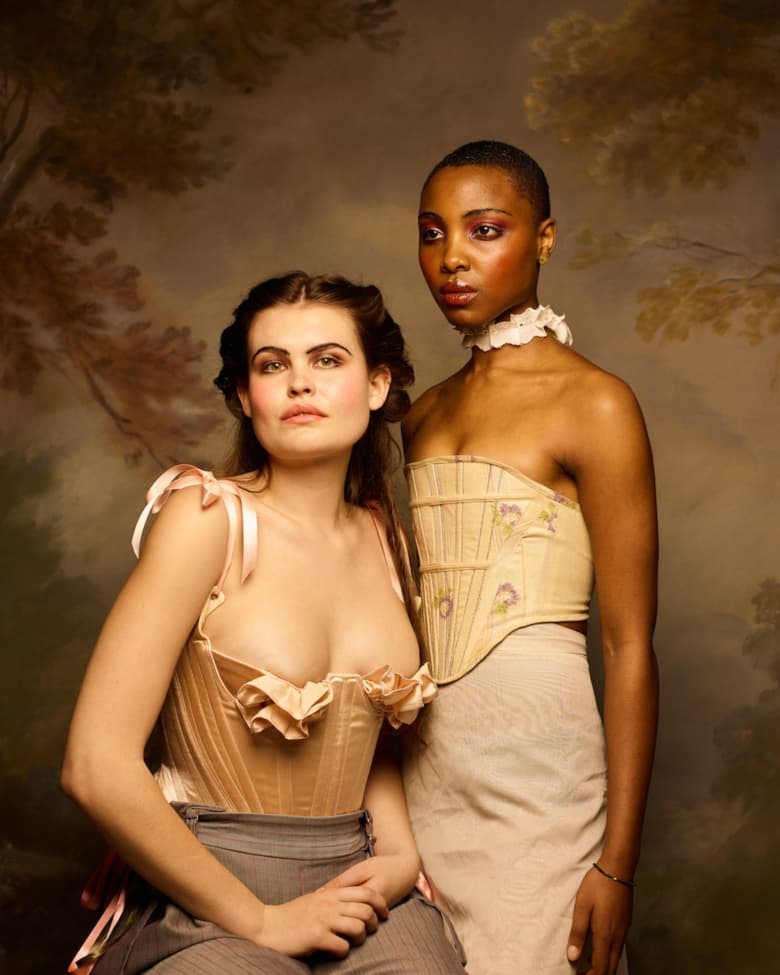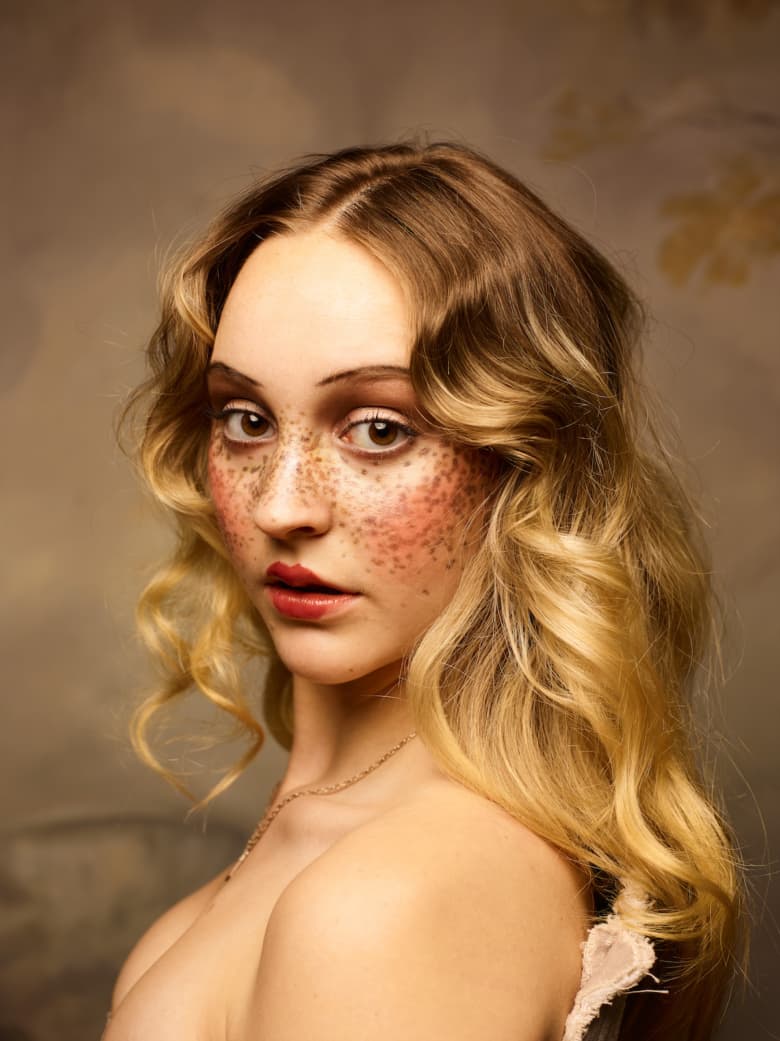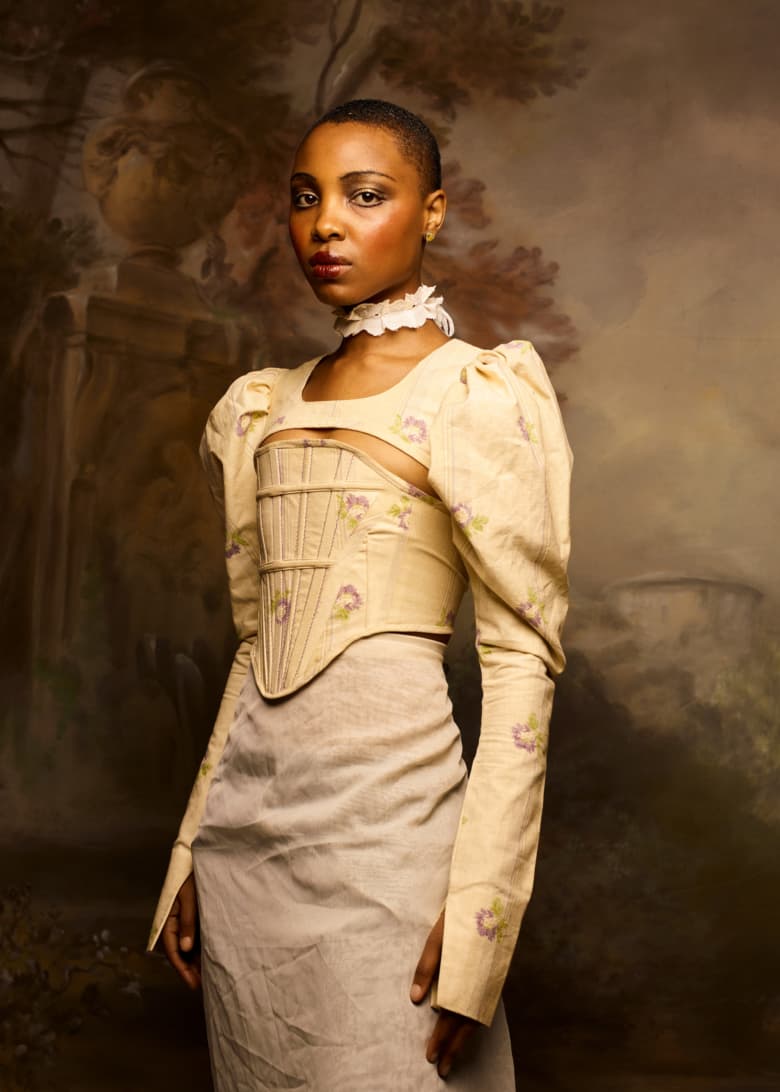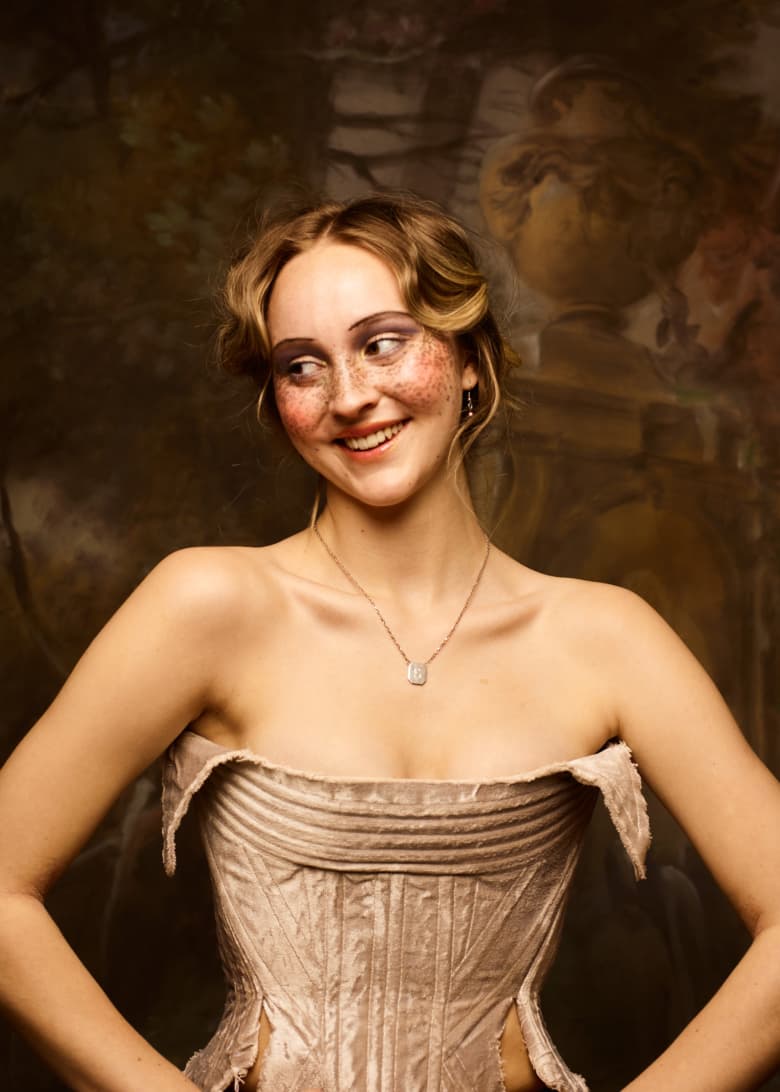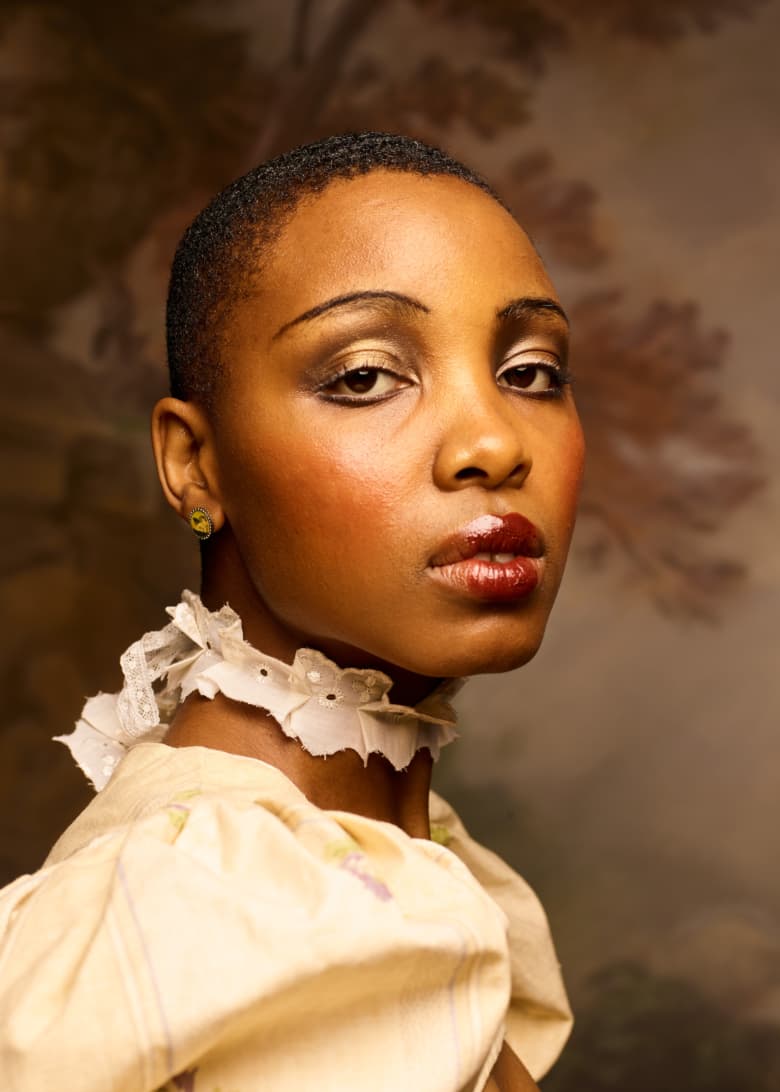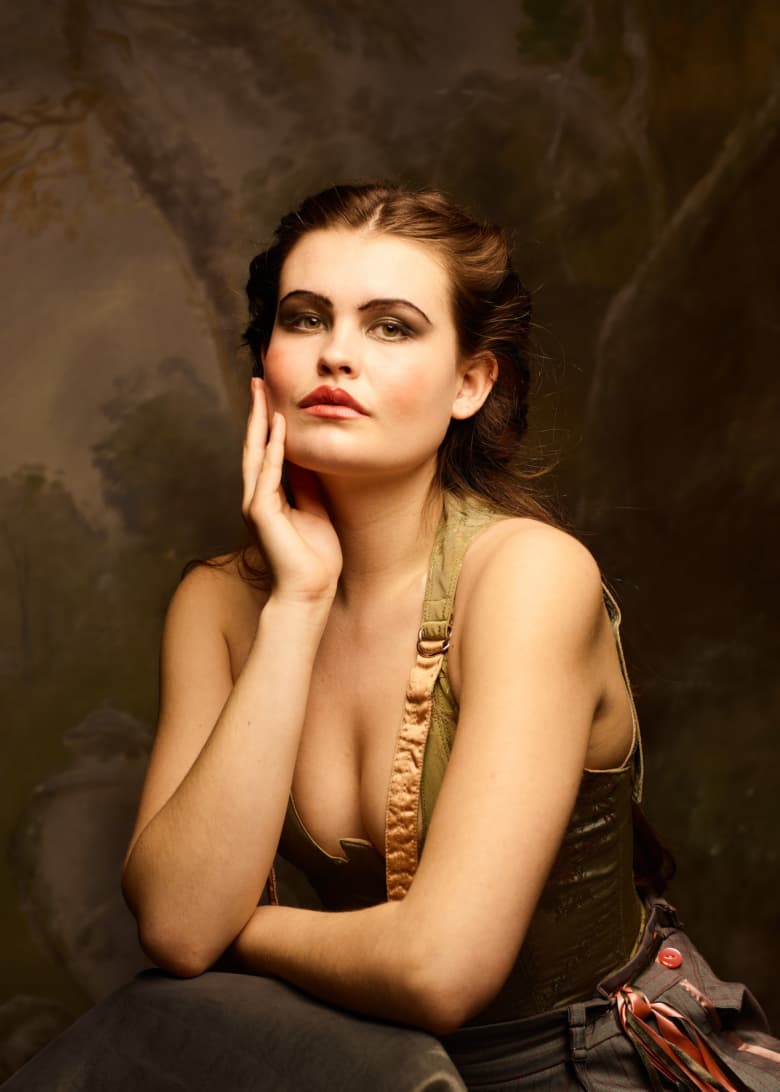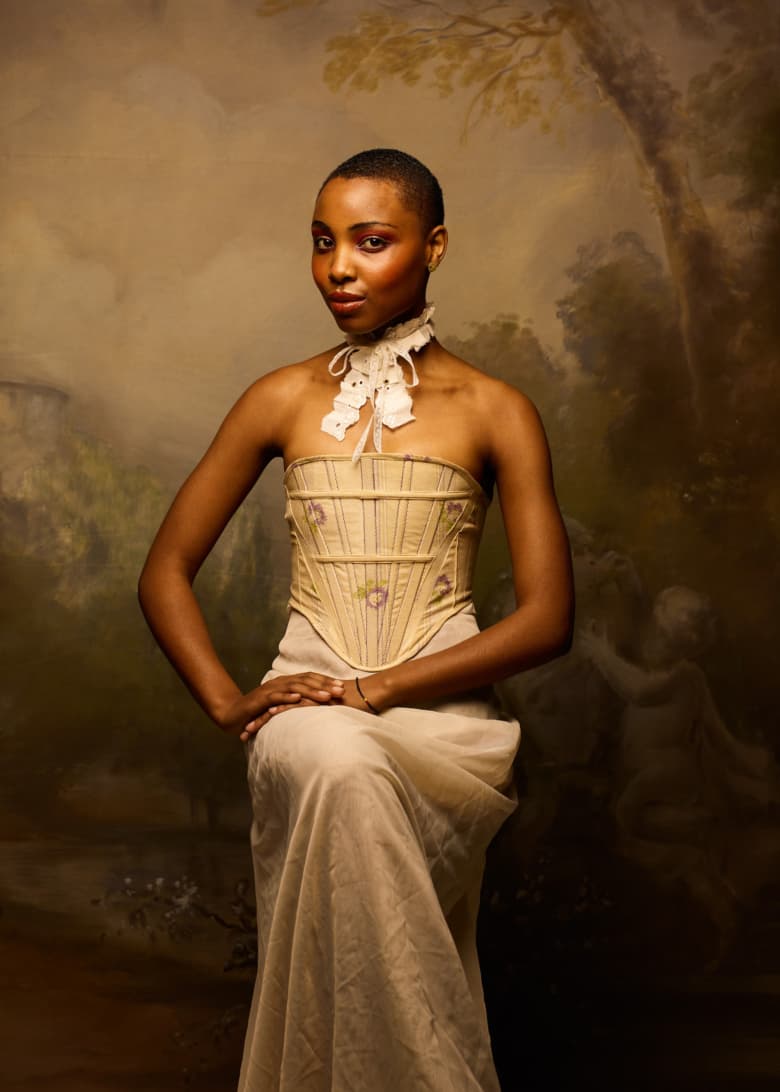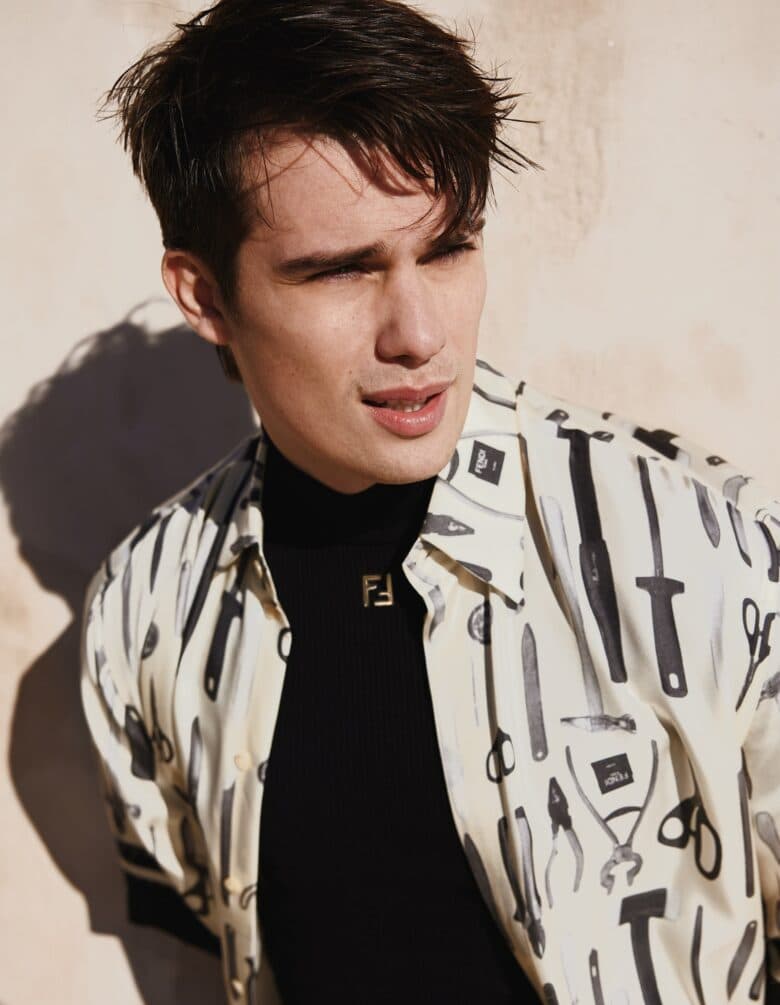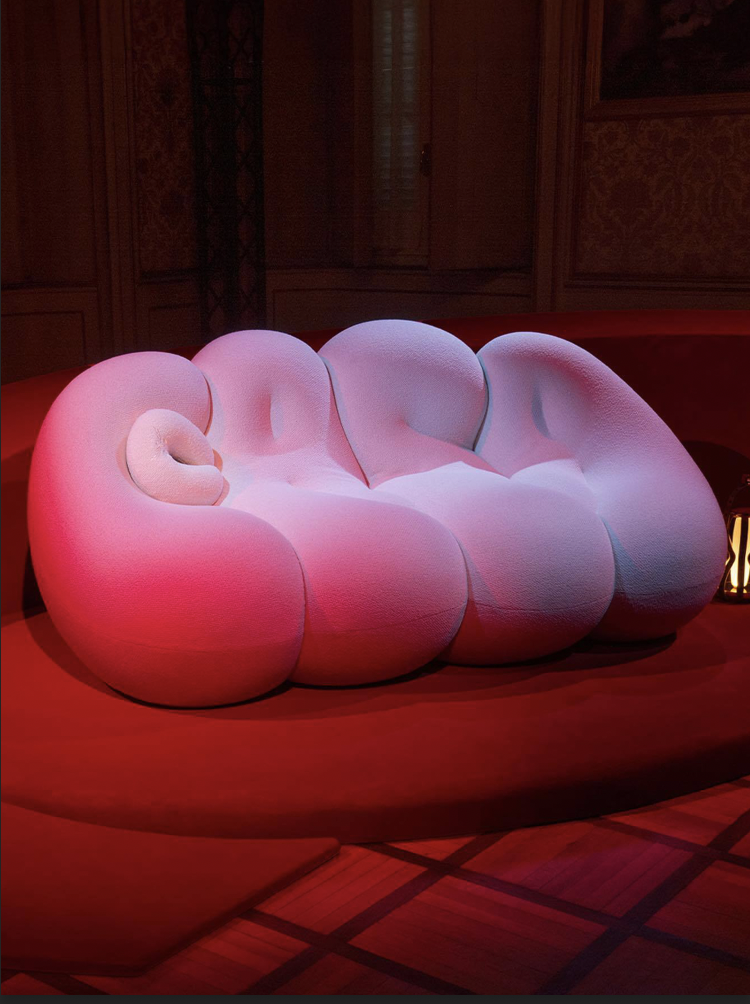HUNGER DISCOVERS… Sofia Wilkinson-Steel
A photographer and visual artist, Sofia Wilkinson-Steel originally rails from Cambridgeshire but moved to the Big Smoke in 2016 to study Photography at London College of Communication, University of the Arts London. Often drawing on bright pop colours and references to everything from Scream to the Real Housewives franchise, her practice draws on the media of her formative years during the 1990s and 2000s, commenting on the psychological and social impact of pop culture. With a healthy dose of humour and fun, her work collapses the binaries between “high” and “low” culture and aims to make the art space a more accessible and enjoyable space for all.
As part of our HUNGER DISCOVERS feature, she debuted an exclusive photo series translating Renaissance style for the current day. Below, she talks unpaid internships, accessibility and uplifting young designers.
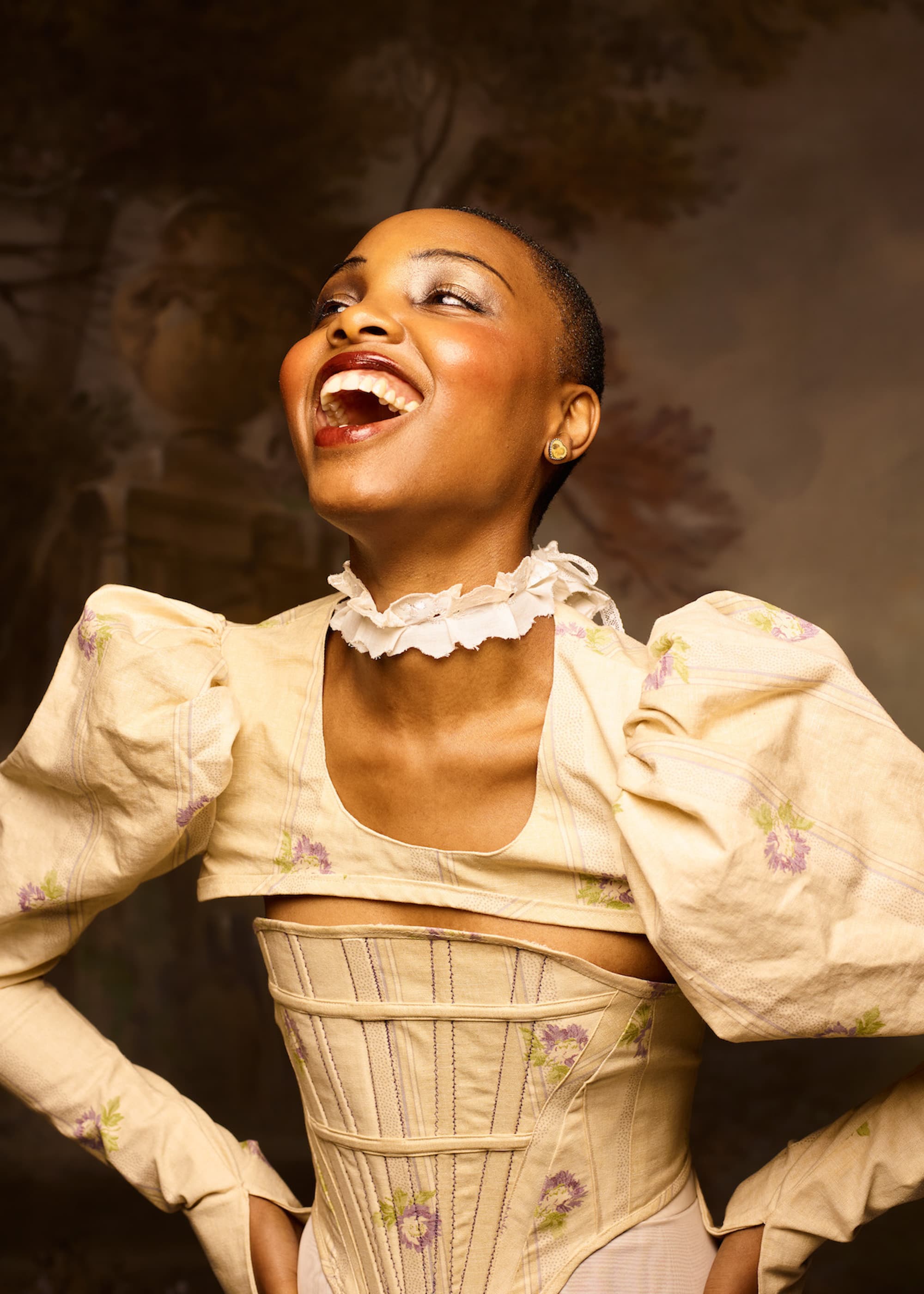
What does photography do that no other artistic medium can?
Photography can capture an instant moment so beautifully, something that can happen in a split second that may be missed by others, can be caught on camera. It has now become very accessible, digital cameras especially, whether you just like to take photos of your family and friends as a hobby or use it professionally, it has become a tool everyone can use. And for me it is extremely easy to experiment with, you don’t have to worry about wasting materials if an idea or technique doesn’t work, you can just try again — and delete all evidence of your failure so it never sees the light of day.
Tell us a bit about your creative background?
I started studying photography when I was 16, mostly doing portraits of my friends and the people around me. But it was when I went to University of the Arts London to do my BA where I found my footing as a photographer and visual artist. It was in 2nd year I started experimenting with self-portraits as well as doing projects revolving around pop-culture, commenting on the content I consume around me. And it just snowballed from there.
How would you describe your photographic and artistic style?
A lot of my work has a narrative or personas to it, I like to create a story, whether it’s a deep-dive commentary on the TV shows I watched as a kid, or becoming one of my many ultra-egos, that visual story-telling is at the centre of majority of my work. But for me mostly, I want to create work that makes people happy. So much art that is created is so depressing, you go into a gallery and it’s all sad philosophical work, and not to say that work isn’t valid, but I want my art to put a smile on peoples faces, laugh and have conversations with one another. You can still create insightful work that critiques the subject and also have fun whilst doing so.
I read in an interview you did that one of the reasons you were drawn to photography was due to your struggles with dyslexia. Do you think that neurodiversity can be a creative advantage in some ways?
Yes I do. For me I am an extremely visual person, to the point I struggle to articulate myself verbally. When I was a child and teenager, I always struggled in subjects, I wasn’t bad but I was good either. Photography & Art was the first subject that I was good at but I also enjoyed. To me it comes naturally to express myself visually, from the way I dress, to the way I work. I always felt so isolated growing up, thinking I just wasn’t smart as I wasn’t diagnosed with Dyslexia until I was 20 but going to art university and working in the industry, you realise nearly everyone around you either is dyslexic or neurodivergent. I guess it’s the world’s way of making up for the fact I suck at maths.
Who are some of your biggest creative inspirations?
Obviously the classics so Guy Bourdin, Helmut Newton, Tim Walker and Nick Knight but also Juno Calypso, Nadia Lee Cohen, Alex Prager and Parker Day. But I draw my inspiration from a lot of different places from everything Paris Hilton touches, a random zine I brought 4 years ago, to Regency era paintings. My Instagram saved posts is an amalgamation of random posts I have seen that might not be relevant to what I am working on currently, but might be later on. And you can never go wrong with a cheeky gallery visit.
You’ve often used yourself as model. Why is this and what does self-portraiture allow you to explore?
Initially it started because a model got sick and I had to shoot for a deadline so I threw myself in. But what I found was I could create these personas to convey the meaning of the shoot. I can’t really describe it any other way apart from it feels natural to me, and often allows me to explore and delve into the subject a lot more.
Your work often draws on pop culture: what are your favourite songs, movies or tv series to get you in the photo-ready mood?
Anything disco is an instant winner. From the oldies like Donna Summer and George Micheal to Charlie XCX and Grimes. Anything that gets the heart and blood pumping.
What needs to be done to support young creatives in the fashion industry?
Ban unpaid internships! I find it deplorable how this industry is built around exploiting young creatives, encouraging a class divide between the people who can afford to work unpaid and the others who cannot. Once the government starts enforcing brands to pay their interns, I truly believe the industry will become a more creative and diverse space.
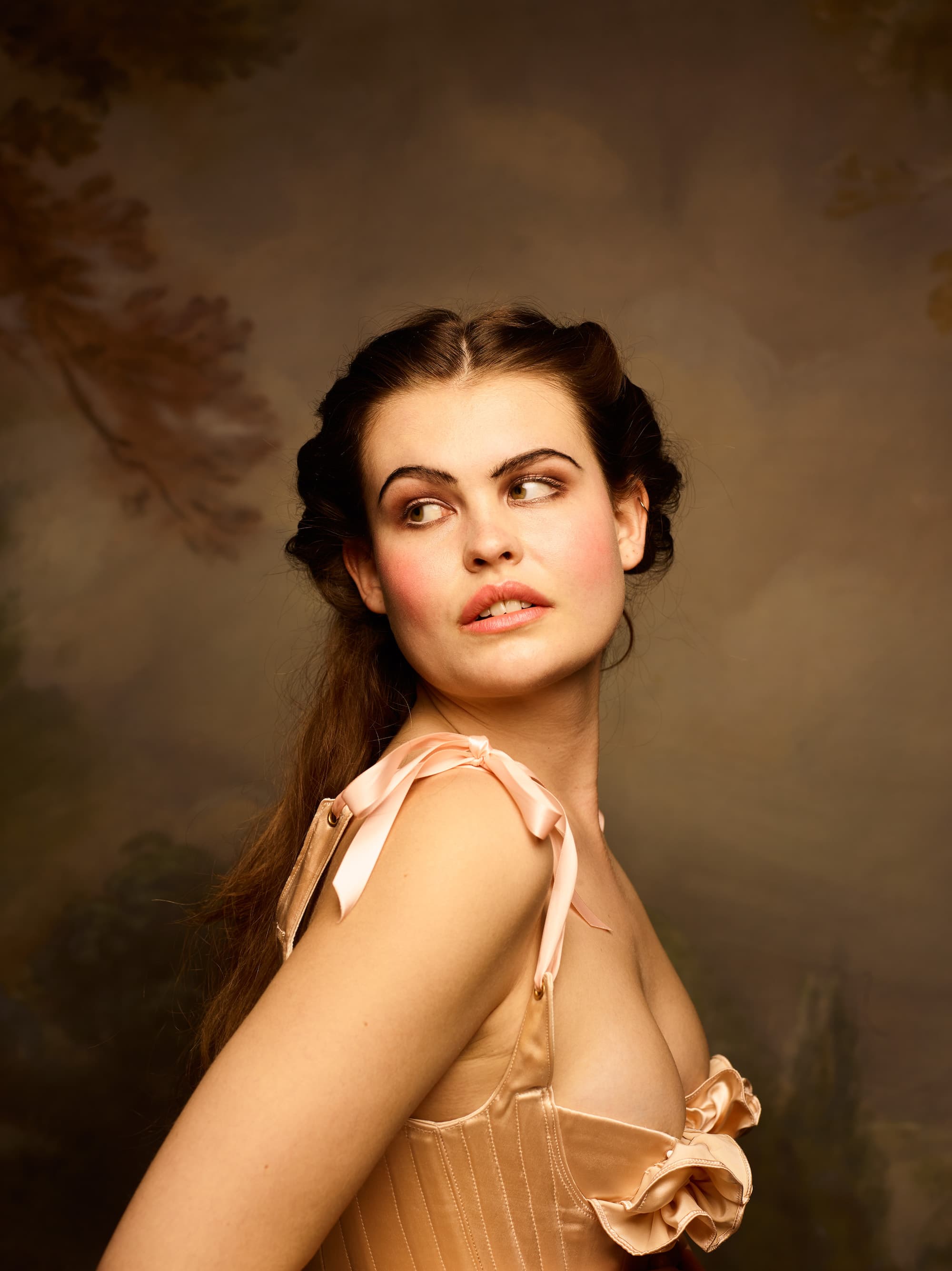
Talk us through the moodboard for your Renaissance-themed Vero shoot?
It was a mash up between classical paintings from my Pinterest board, photos by Miles Alderidge and Dolce and Gabana’s 2006 campaign by Steven Meisel. And the make-up was inspired by early 2000s war paint that featured on the runway, particularly John Galliano’s Dior shows.
You were also the stylist for this shoot, talk us through the designers used in the story?
All three designers were people I’ve met through University of the Arts London either in their final year or just graduated. I try to support my peers as we all need to look after each other in this industry. Allegra Cook who also modelled for the shoot, she is in her final year at LCF, exploring female sexuality through tailoring. Niamh Coughlan is also in her final year at LCF, with the piece featured in todays shoot about her struggles with BDD [Body Dysmorphia Disorder], using the structure of garments to convey the feelings of someone with BDD. And finally Brian De Carvalho who is an LCF graduate who is inspired by moments like the Ripper murders to create theatrical pieces.
What do you want to express through your art?
Insightful critique that leaves you with a smile.
Finally, what’s next for you?
At the moment I am currently working on a shoot with the designer of Plaice Juliette Stuart. We are collaborating together to create an editorial showcasing their latest sunglasses collection.
Check out the video below and VERO is an authentic social network — no ads, no algorithms, just great content. Go to vero.co to sign up and follow @hungermagazine for more exclusive content and to catch HUNGER DISCOVERS.
